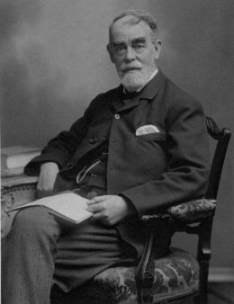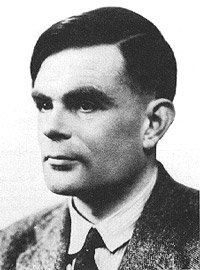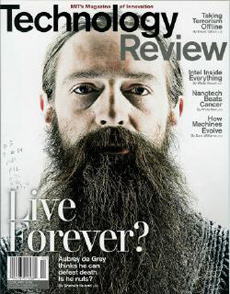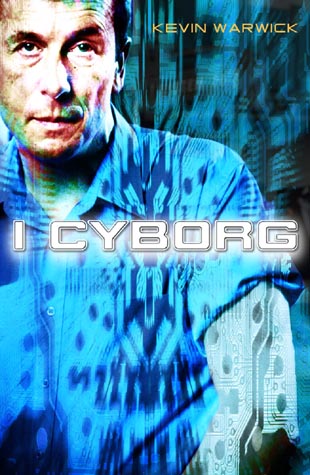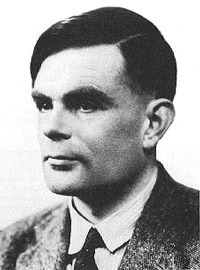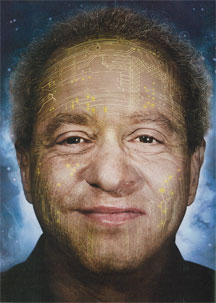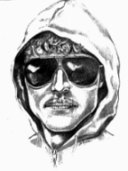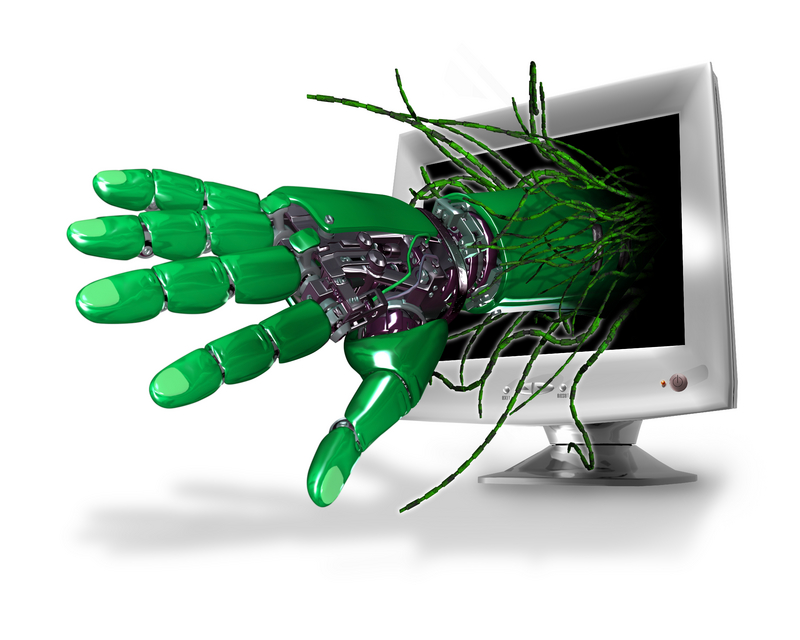In the predicted coming of a technology assisted Singularity could there be an alternative to an AI, Cyborg or Agent Smith mutation where we evolve into post-human replicants?
Is the transformation of biology, at an atomic level, encoded as 0’s and 1’s the only solution, or inevitable consequence, to harnessing some assumed uber-processing power in the manipulation of biological processes, DNA and nano technology as binary code?
Could there be an alternative, to temper the impact, of the “unknown unknowns” of rashly attempting to supplant the evolution of life and consciousness on this planet?
Yes, there is and they are literally awe producing technologies. They are also being created and assembled right before your very eyes.
The answers lie in the developing immersive multi-media that will be leading us into virtual worlds of simulation, fantasy and adventure. Synesthetic experiences that will become parallel and even alternate realities to the real world of biology but not a replacement of it. The right brain artistic solution to an evolution in consciousness that opens new and exciting possibilities for a future where we take our bodies with us into our imaginations and dreams.
Already we are enjoying its first fruits. The beginning of an immersive multi media exists with full dome projection in planetariums around the world. These public facilities are presenting increasingly sophisticated programs of live action and animated feature films. These productions employ increasingly sophisticated story lines beyond the expected science and astronomy narratives normally associated with school shows, in a first wave of full hemispheric cinema in surround sound. The power of full dome, to suspend disbelief and take one out of your body into a story, cosmological illusion or even fractal imagery being displayed to music can only be experienced in order to be believed. Here is a trailer for a recent production made in Germany by Softmachine presented in “fisheye” perspective. Try to imagine being immersed in a 360-degree domed screen as you watch this demo:
Increasingly many large scale theatrical productions, stadium concerts, festivals and product launch spectacles are also using leading edge immersive technologies. Internationally large audiences are experiencing shows employing holo-graphic illusions, 3D projection mapping and invisible projection screens by using technology such as Musion Eyeliner. These digital technologies allow performers to move through and interact with 3D illusions, metaphorically breaking down the back walls of stages in taking the performances into exotic and fanciful spaces. Check out this 3D illusion that was created with the Green Hippo media server for New Years Eve 2010 at the Austin Texas state capitol:
Las Vegas is a place to find much of this technology beginning to be used with special purpose theaters being constructed to deliver perfectly balanced sound to each and every seat (e.g. George Martin’s Beatles Show “Love” for Cirque du Soleil), while in both Europe and America new performance spaces are being equipped with the Iosono sound experience, a software technology using wave field synthesis to direct and present the fabled acoustic sweet spot to every member of the audience; a very realistic audio illusion created by the same research institute that brought us the Mp3.
Meanwhile 3D films have become the newest trend in cinema and IMAX as an immersive technology that also wants to come into your home cinema with 5.1 sound. These facilities can also be augmented with seating that moves and are equipped with low frequency transducers to radiate the rumble and boom of special effects and drive the bass response of the music right up your spine.
The next big innovation and evolution in immersion to hit the mass markets will be ambient special effects from amBX. This technology creates immersive illusions with full color surround lighting, surround wind and multi-sensory experiences in which an entire room responds in real time to the scenes of a movie, video game, theatrical production, Dj performance, music festival or retail store display.
The synergy of these various existing technologies are coming together soon, along with programmable wind, fog and olfactory sensations, in experiences that lay just over the event horizon. This is Synesthesia for the masses, in new a creative multi media platforms for artists and performers to interact within. The excitement generated by the recent 3D movie AVATAR will be nothing in comparison to the experiences that will become possible in the convergence of these tools in the festival and live performance world.
Then there will also be the real world simulations that could be created for the education of fire fighters, emergency workers, medical technicians and other real time performance intensive occupations. Indeed commercial aviation and the military have been exploring these realms for decades already and quite successfully. It is also the holy grail of the computer games industry.
The possibilities within this model of technology present opportunities for progressive development that would be important for all the right commercial reasons, as well as enjoyable and non-destructive of the environment and the fabric of life. The possibilities for individual and group experience of the highest order will become available for personal exploration and growth, adventure and healing. Synesthetic immersive multi media can become the ultimate creative industry and experiential laboratory for the future of humanity that would only be limited by our imaginations.
While living within an uber computer processor maybe exclusively desirable, sexy and stimulating, to some of us the real attractions of a synesthetic virtual play ground – university – alternate reality should be safer, fun, commercially productive and sustainable.
The Holodeck is Near and the really good news is that unlike AI it will not cost the Earth.
the Holodeck video from Star Trek
About the Authors:
James Harvey is a poet, a mystic, a seasoned Light worker and learned observer of Life… Most recently, he is the author of the thought provoking book Singularia: Being at the Edge of Time.
Shannon Harvey is currently a Professional Projects Manager at amBX UK Ltd together with being James Harvey’s creative partner at Alchemica Productions.

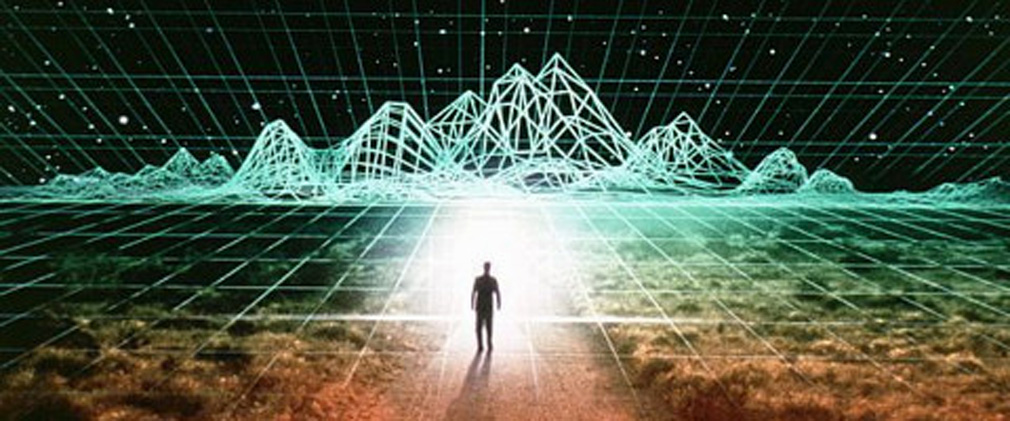

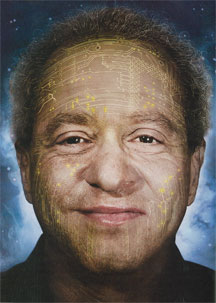
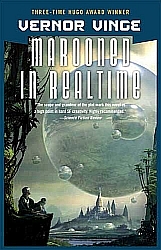

 Runaround. The three laws state that:
Runaround. The three laws state that: